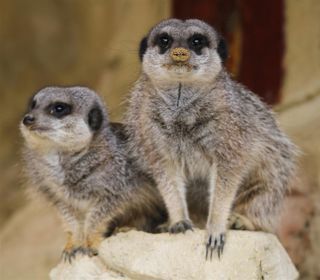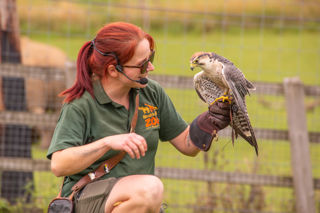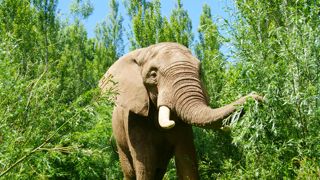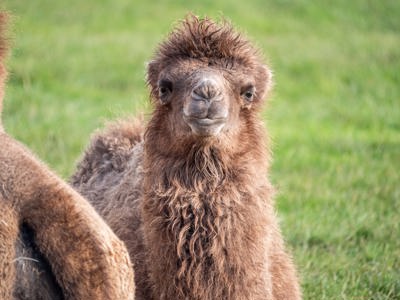
Bactrian camel
Scientific name: Camelus bactrianus
Bactrian camels have two humps rather than the single hump of their Arabian relatives. These store fat that can be converted into water and energy when needed. As fat is depleted, the humps become floppy and flabby.
Bactrian camels have many special adaptations to survive in the harsh environment in which they live. They have to cope with temperatures that can reach over 38°C in summer, yet drop to -29°C in winter. A thick, shaggy coat protects them in the cold and this falls away as the seasons change and temperatures increase. Bushy eyebrows, a double row of eyelashes, ears lined with hair and the ability to close nostrils tightly protect from wind and sand.

-
At Noah's Ark...
We have 3 Bactrian Camels... Hetty, Icarus, Tuyu.
-
We live...
Opposite the Farm Fields, on the right of the path to the Elephant Enclosure
-
Size Fact
They can be over 7 ft (2.1 m) tall at the hump!
-
Food Fact
Bactrian camels prefer to eat plants. They can eat thorny plants that are salty, bitter and prickly.
-
Fun Fact
They can drink up to 30 gallons of water in 13 minutes!
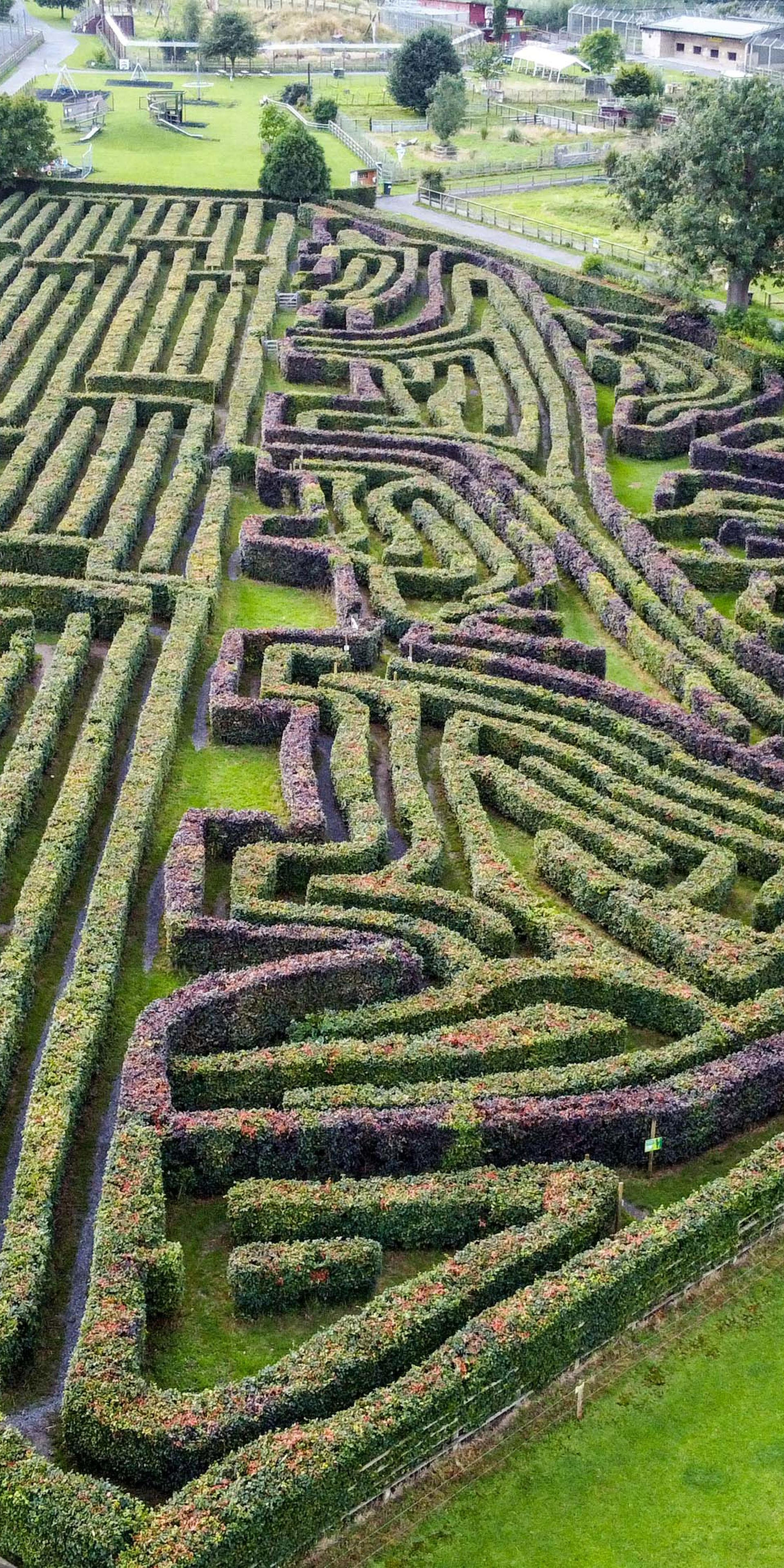
Adopt Me
You can support our conservation efforts and help with the costs of keeping rare and wonderful zoo animals by adopting a Camel. Adopt a Camel for yourself or as a gift.
You might also like...
-
![Meerkats]()
Meerkat Keeper Talk
Come along and learn about our mob of Meerkats from our experienced animal keepers.
Find out more
-
![Zoe And Falcon]()
Bird of Prey Flying Display
Watch our majestic birds of prey in our new Wings of Wonder flying display.
Find out more
-
![Andean Bear]()
Bear Keeper Talk
Learn about our Spectacled bears from our experts and find out what it is like to be a Spectacled bear keeper.
Find out more
-
![African Elephant - Shaka 2]()
Elephant Keeper Talk
Did you know Elephants are the largest land animals on Earth? Come and join our Elephant Keepers and learn about our bulls.
Find out more



